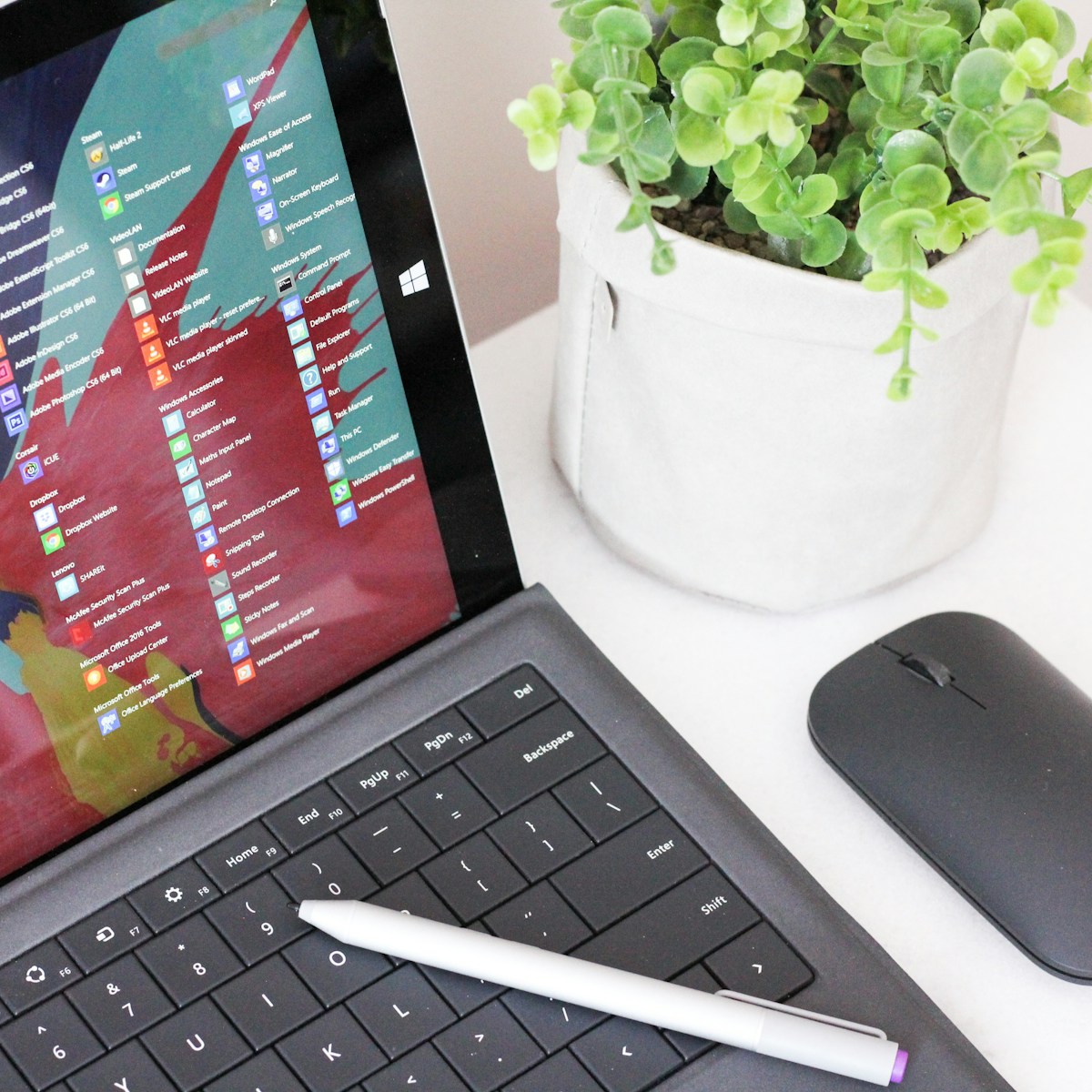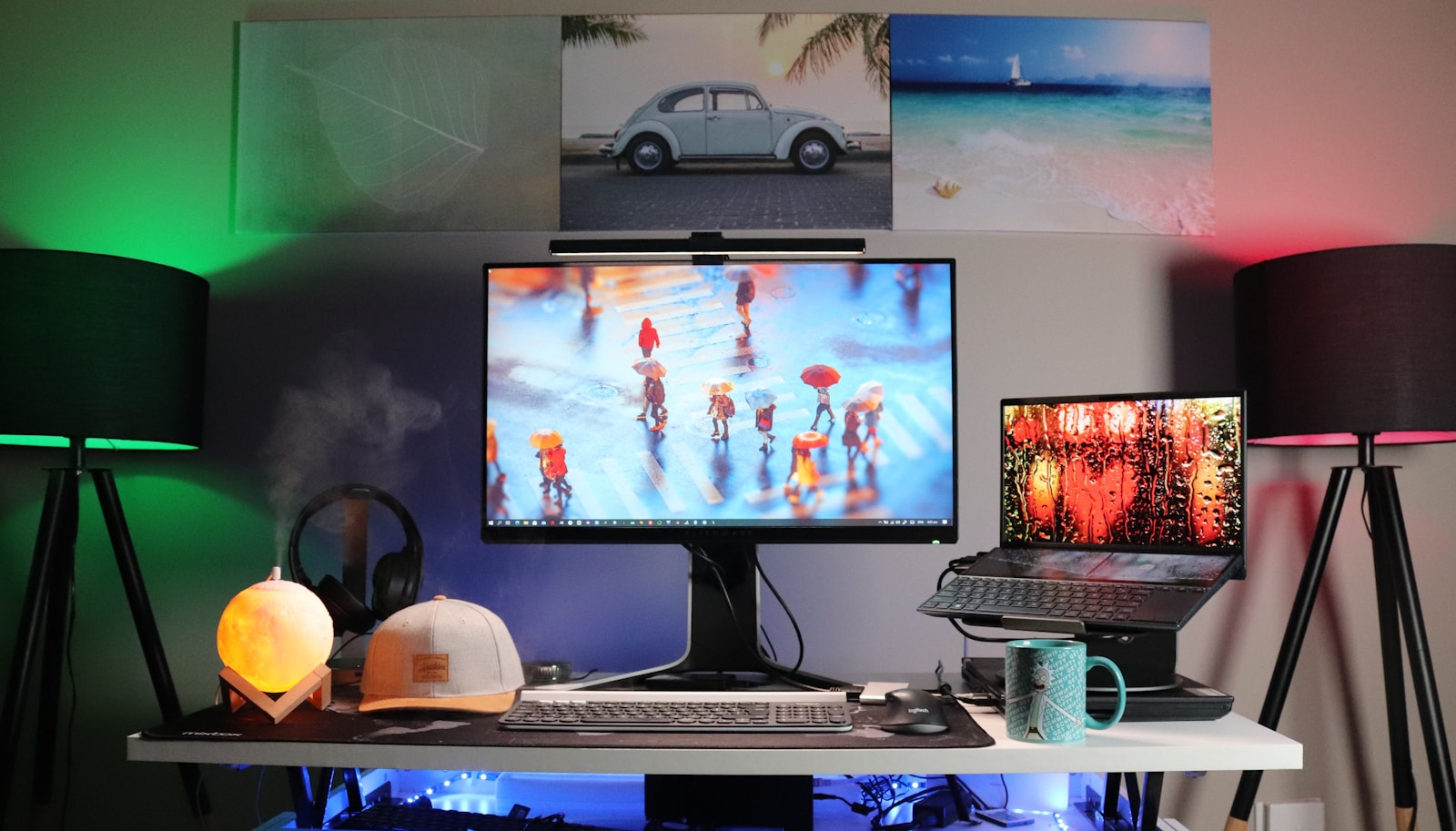
Artificial intelligence (AI) is permeating our lives in unprecedented ways. It’s improving our white-collar productivity, revolutionizing our smart homes, and even assisting in major life transitions. However, the anticipated arrival of AI-powered robot butlers to help with our everyday chores seems a distant dream. This article delves into the reasons behind this delay and explores the challenges faced in transforming this century-old concept into consumer reality.
1. AI’s Progress: A Reality Check
Artificial intelligence has made significant strides in enhancing the efficiency of white-collar tasks. From drafting emails in a fraction of the time to performing intricate calculations, AI has proven its mettle in the office setting. However, when it comes to blue-collar productivity, AI-powered robotics is still in its infancy.
1.1 Bill Gates’ Perspective
In a revealing interview at the 2020 Davos summit, tech mogul Bill Gates provided an insight into the intended beneficiaries of AI. He highlighted its effectiveness in boosting white-collar productivity and alluded to its future potential in improving blue-collar efficiency.
1.2 The Business World’s AI Expectations
Despite the business world’s enthusiastic promotion of humanoid robots, the reality is rather disappointing. Case in point is the demo by startup Figure, which showcased a humanoid robot performing basic tasks. However, the demo was highly scripted and the robot’s movements were restricted, indicating that the reality of functional robot butlers is far from imminent.
2. The Concept and Evolution of Robots
The concept of robots dates back to the 1920 Czech play R.U.R. (Rossum’s Universal Robots), which introduced the term “robot”. The play depicted robots as humanoid figures, or androids, laboring while their human masters relaxed.
2.1 Technological Advancements and the Robot Reality
Fast forward to the present day, and we have machines that can respond to simple written prompts with vibrant moving images. Yet, the idea of practical robots in our homes that can perform chores is still a dream. For the average person, robots are often sources of frustration or fear.
2.2 The Long Road to Robot Butlers
The notion of robot butlers serving as in-house servants has been around for a century. Yet, it seems it may take another century for this concept to be actualized. The delay in the arrival of robot butlers raises several questions, with the most pertinent being: why is AI not helping us with our never-ending list of chores?
3. The Limitations of Robotics
A deeper look into the current state of robotics reveals several critical barriers to the development of practical robot butlers.
3.1 Moravec’s Paradox
Moravec’s Paradox, a concept put forth by roboticist Hans Moravec, states that what is hard for humans is easy for robots, and vice versa. This paradox highlights the challenge faced by robots in navigating the physical world, which includes diverse and irregular surfaces and objects.
3.2 The Challenge of Robot Movement
Boston Dynamics’ humanoid prototype Atlas can perform tasks with precision, but only after multiple failed attempts. Despite advancements in AI, robots still struggle with movement and mobility in real-world conditions.
3.3 The Inadequacies of Robot Arms and Hands
Robotic arms and hands are still far from achieving the dexterity of human hands. Robots face challenges in dealing with “uncertainty” related to their own controls, perception using onboard cameras, and understanding physics.
3.4 The Rigidity of Robot “Thinking”
Robots still exhibit a lack of adaptability when faced with uncertainty or confusion, a trope known as the “Logic Bomb”. For example, a robot deployed at an East Coast supermarket chain was unable to clean up messes it detected, instead sounding an alarm for human intervention.
4. The Economics of Robot Butlers
The current pricing of cutting-edge consumer robots indicates that owning a functional robot butler may remain a luxury for most people.
4.1 The Market for Humanoid Robots
Goldman Sachs predicts a market of up to $154 billion by 2035 for humanoid robots in a blue-sky scenario. However, for a humanoid robot to pay for itself in two years, production costs would need to decrease by 15-20% annually.
4.2 Cost Implications for Consumers
Considering today’s pricing, robot butlers would be a significant investment for consumers. However, if these robots could flawlessly manage household chores, many consumers might be willing to save up for one.
4.3 The Promises and Pitfalls of Robot Butler Developments
Tesla’s Elon Musk has announced plans for a humanoid robot called Optimus, priced at $20,000. Musk claims that Optimus will be able to do everything. However, the veracity of these claims is questionable, casting doubt on the imminent arrival of practical, affordable robot butlers.



